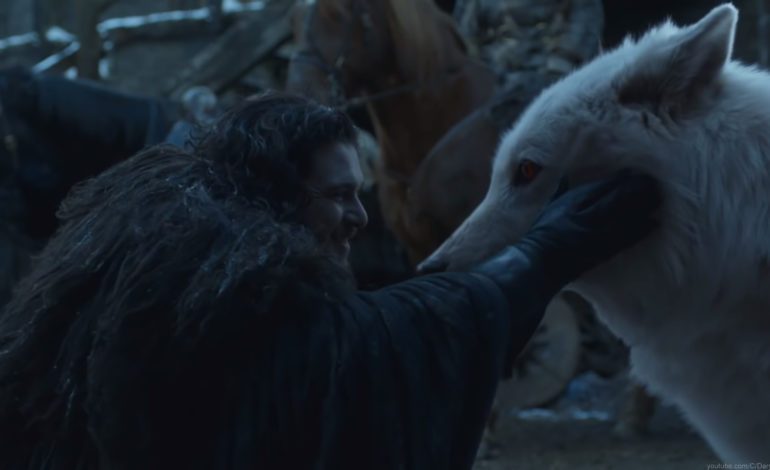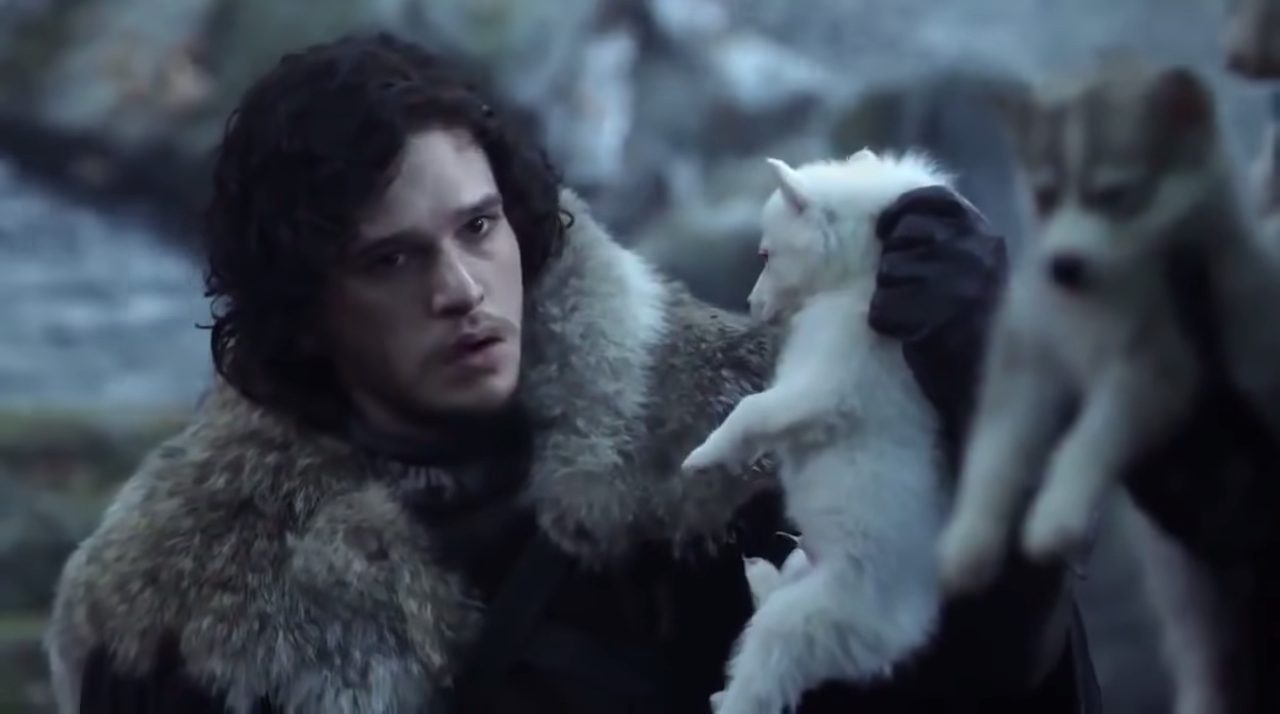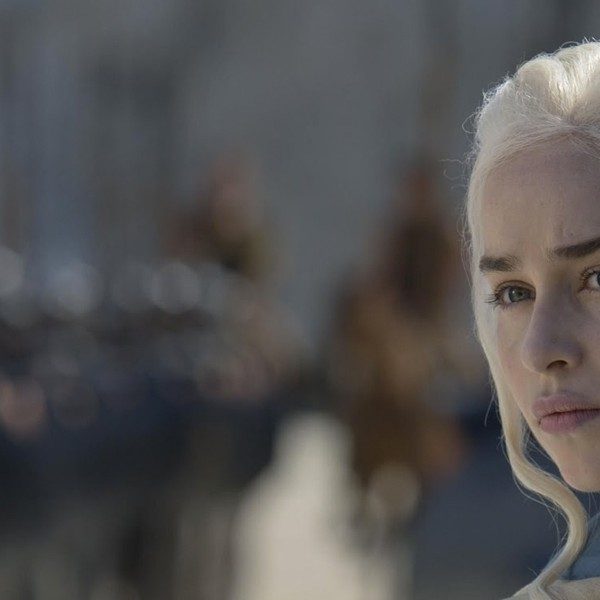

The last season of Game of Thrones could have taken a completely different turn, and one that had actually been considered but turned down do to the sheer difficulty of pulling it off on film. According to Variety, There had been talk of incorporating a battle between direwolves and the undead dragon, Viserion, during the Battle of Winterfell, something fans certainly would’ve appreciated. However, the CGI and visual effects necessary to create 50 direwolves, 49 besides Jon Snow’s Ghost, would have been too daunting and simply not feasible given the time and budget constraints involved in production.
Director Miguel Sapochnik spoke with Indiewire on the Filmmaker Toolkit podcast concerning why they chose to not go this route during the Battle of Winterfell. “There were many things that happened that people would’ve been so happy to happen — attacks of direwolves and crazy stuff,” Sapochnik explained. “At a certain point you’re, like, ‘50 direwolves attacking an undead dragon does not a good movie make.’ This was stuff we did not shoot; it’s part of the process.”
Sapochnik also claimed that showrunners David Benioff and D.B. Weiss had to face the reality of what was possible, thereby omitting the scene: “They were completely ruthless when it came to that thing of ‘no we want this, no we want this,’” he said. “At the same time, at some point there were moments of realization of ‘we physically can’t do some of these things, and some things we can.’”
Just how expensive is it to create a giant wolf dog? Sapochnik explained to Business Insider that in “Battle of the Bastards” Ghost had to be cut due to budget constraints. It was either the direwolf or the giant, and Wun Wun made an epic sacrifice warranting his role in the battle. In order to create such epic scenes for CGI and special effects, it takes longer days on set, and time means money, especially on set. As Sapochnik put it, “because he’s not there, and you have to shoot multiple layers for each shot, and get extras to react to something that doesn’t exist, and then shoot the actual giant played by Ian Whyte months later on a green screen stage.”


If this is still not a convincing explanation, Kirk Brillon, who worked on 200 VFX shots for the show, delved into more detail concerning how the direwolves were made. He explained that the method used is not the same as the other CGI, and instead requires compositing, which is a more complicated process than that by which the dragons are made because it involves an aspect of reality. The direwolves are actually first captured using real wolves on green screen, which are then composited into the scene. If anyone is familiar with how tricky it can be to film animals, just compound this with the fact that these animals aren’t even really in the scene but must be made to appear as if they are. Not to mention the fact that these animals are actual wolves, not the typical household dog. Although a painstaking amount of work for such detail, Brillion agreed this was the only way for a show of such epic proportions to achieve that level of realism. “The thing about filming wolves and adding them in compositing, instead of just doing it digitally, is that it just looks better no matter what you do,” admitted Brillon. “Grounding it in the real is way better for any effects shot, period.”
Fans are hopeful that the direwolves will make more of an appearance in the upcoming prequel. So far, all that is known is that the prequel will be filmed at the same location in Ireland and that none of the main characters will make an appearance.


